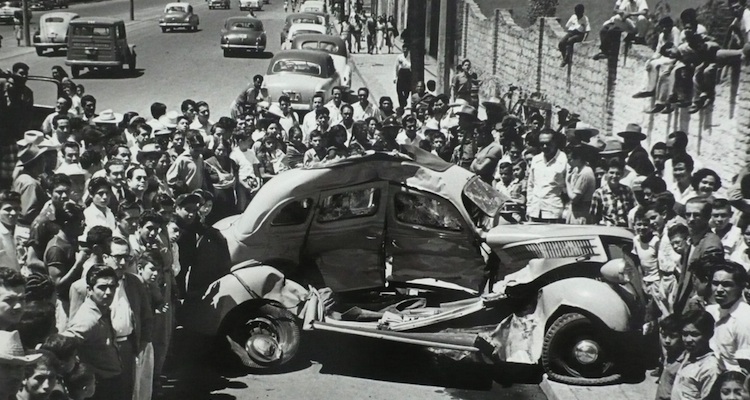A little while ago a friend called because he had an extra ticket for the opera at the Palacio de Bellas Artes. Would I like to come? I'm embarrassed to admit that I know nothing about opera and this was only the fourth time I'd been in my life. But I was game, and so had the good fortune of seeing Bellini's I puritani with Javier Camarena singing the part of Arturo.
Camarena, a 40-year-old tenor from Xalapa, Veracruz, has become a huge star. He is the third singer in the entire history of the Metropolitan Opera in New York to have been cheered enough to perform an encore, and only the second to have performed multiple encores. As I am an ignoramus about the opera, I cannot say anything authoritative about his singing. But it was clear to even me that, no matter how talented the rest of the ensemble, Camarena was in an entirely different league.
I puritani is set in the 1640s during the Civil Wars in England between the Roundheads and the Royalists. The plot is numbingly convoluted but mostly centers on the love between Arturo and Elvira, who are separated after he heroically escorts the widow of the murdered king of England out of the country. Elvira's and Arturo's arias -- about love, loss, exile -- are terrifically moving. In the aria where Arturo returns to England, at one point, Camarena kneeled, kissed his fingers and touched the ground.
The Mexican audience, nearly always generous, cheered wildly over Camarena. Like all opera stars, he leads a peripatetic existence -- just this season he has been to Zurich, London, San Sebastian and New York, among other places. But at the end of the day he is Mexican. As the crowds yelled "Bravo," he got to his knees, kissed his fingers and touched the ground. Mexico doesn't have very much to be proud of these days. Javier Camarena is on that very short list.





